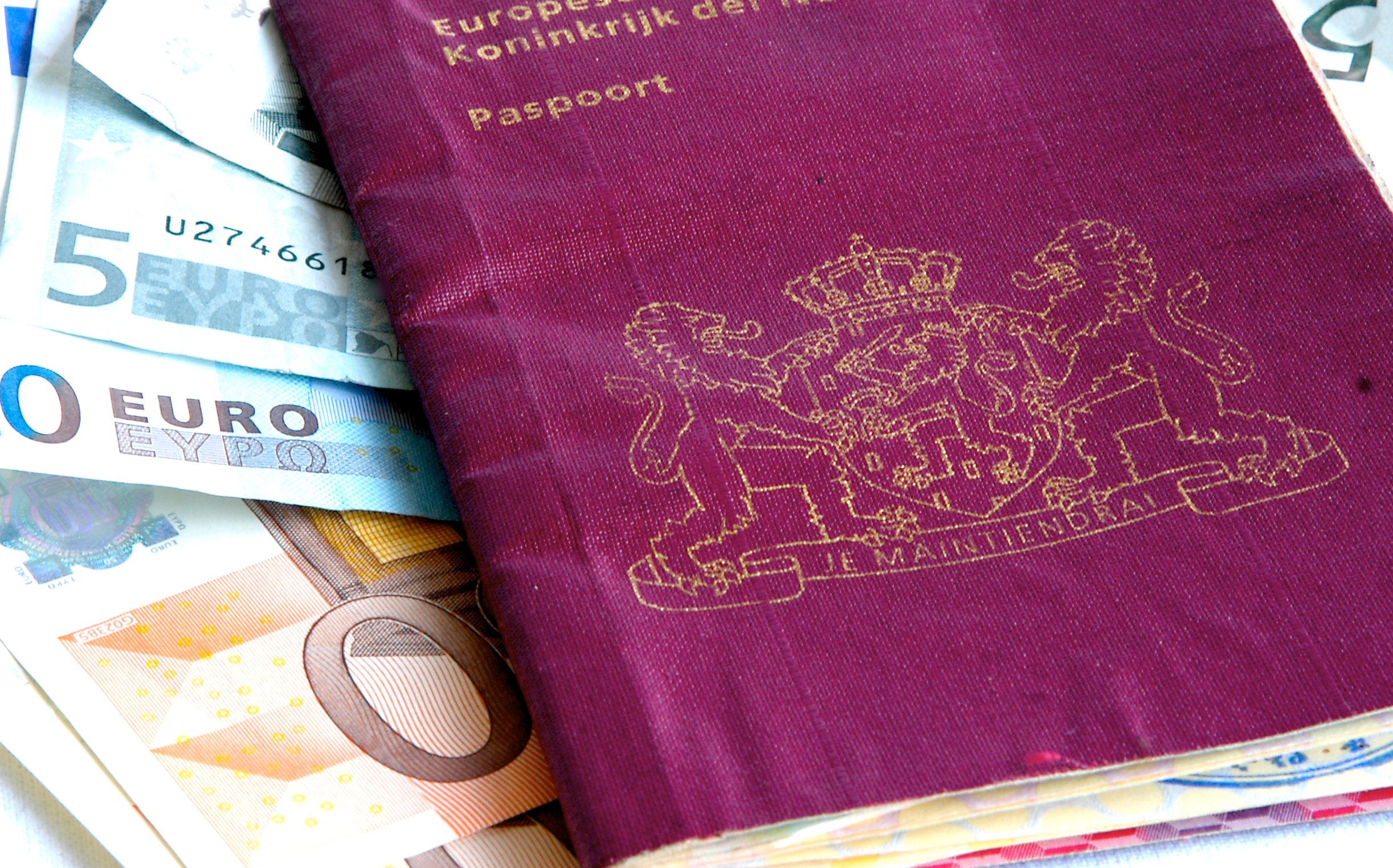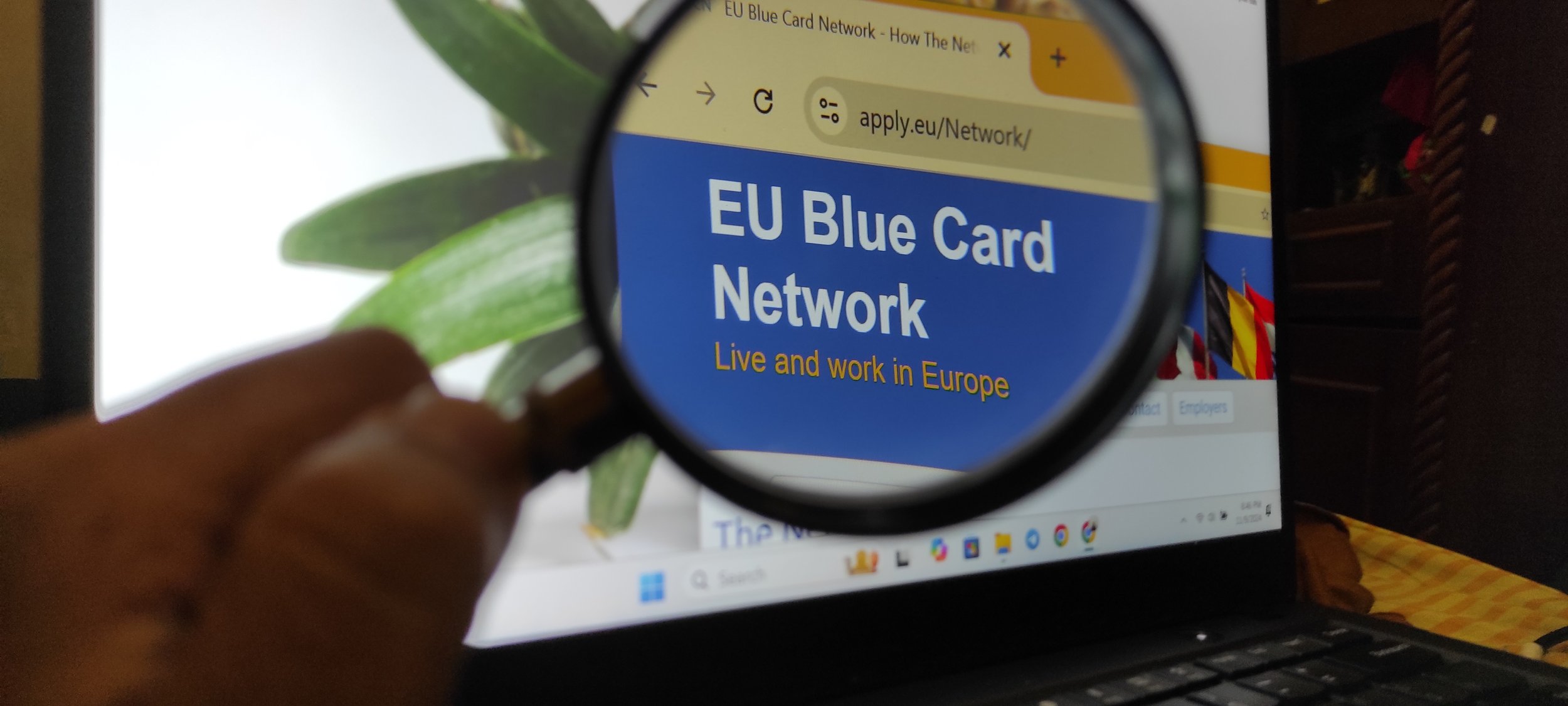From self-employment on a DAFT Permit to a Salaried Position - Navigating a Change in Residence Purpose
3:39
Starting this year, the Dutch tax office (Belastingdienst) has begun enforcing the Employment Relationships Deregulation Act (DBA Act), which aims to conduct more thorough checks to prevent cases of “false self-employment.”
This can also affect American citizens residing in the Netherlands under the Dutch-American Friendship Treaty (DAFT), as holders generally are here with entrepreneurial pursuits. However, life can change, and DAFT permit holders may find themselves considering a transition to a salaried position with an employer. This change, while entirely feasible, requires navigating Dutch immigration and employment regulations carefully.
The DAFT permit is designed to encourage entrepreneurial activities by allowing American citizens to establish and run their own businesses in the Netherlands. It’s a residence permit that requires a minimum investment of €4,500 in a Dutch business account and compliance with other self-employment criteria.
However, the DAFT permit does not allow you to take up a salaried position with an employer. A shift from entrepreneurship to employment necessitates changing or gaining an additional status for the purpose of your residence with the Immigration and Naturalisation Service (IND).
Secure a Job Offer Before initiating the process of changing your residence purpose, you need a concrete job offer from a Dutch employer. The employer must also meet specific requirements, including potentially being a recognized sponsor with the IND if your position requires a highly skilled migrant permit.
Understand Your New Permit Options The type of residence permit you need will depend on the nature of your employment. Common options include:
Highly Skilled Migrant (Kennismigrant) Or EU Blue Card: For positions meeting a minimum salary threshold and working with an employer. For HSM’s this must be a company with recognized status with the IND.
Regular Employment Permit: For jobs that do not fall under the highly skilled migrant a EU Blue Card category. This permit can generally only be applied for in exceptional cases AND after a DAFT permit holder has already spent more than 5 consecutive years with a valid permit in the Netherlands.
Submit a New Residence Permit Application To change (or obtain a new permit aside from your DAFT status) the purpose of your residence, your employer must submit an application to the IND.
Processing Time: Depending on the new residence purpose, changing your residence card can take weeks or even months. It’s essential to plan for this and maintain valid residency throughout the process.
Employer Requirements: Not all employers are familiar with IND processes or requirements for hiring non-EU nationals. Be prepared to guide your potential employer or seek support from immigration specialists.
Tax and Business Closure: If you’ve been operating a business under your DAFT permit, you may need to address tax obligations and officially close your business.
Transitioning from a DAFT permit to a salaried position is a significant but achievable change. With careful planning, clear communication with your employer, and timely action, you can successfully shift your residence purpose and take the next step in your professional journey in the Netherlands. Embrace the opportunity to broaden your horizons and continue building a fulfilling life abroad.


Discover the 2026 Dutch highly skilled migrant salary thresholds, how annual indexation affects applications, extensions, and employer changes.

Discover the new salary thresholds for highly skilled migrants and Blue Card holders in 2026 and explore future policy changes affecting migration to the Netherlands.

Discover how the reduced salary threshold for Highly Skilled Migrants in the Netherlands benefits both employers and recent graduates. Learn eligibility criteria and key considerations.

Discover the new salary thresholds for highly skilled migrants and Blue Card holders in 2026 and explore future policy changes affecting migration to the Netherlands.

Discover the GVVA single permit in the Netherlands. Learn the hurdles, exemptions, and faster alternatives for hiring non-EU talent.

Navigating the complexities of becoming a highly skilled migrant can be challenging, but understanding the requirements is the first step.

Your guide to the EU Blue Card in the Netherlands. See 2025 requirements, salary thresholds, and how it compares to the HSM permit.

Avoid costly fines when hiring non-EU students in the Netherlands. This guide covers work permits, working hour limits, and administrative duties for employers.

Hiring non-EU talent as a non-profit in the Netherlands? Learn the pros, cons & criteria of key permits like the Highly Skilled Migrant, GVVA & EU Blue Card. Find out which fits your organization best and get expert help to simplify the process!

Looking to hire top global talent fast? Learn how your Dutch startup can hire highly skilled migrants using an Employer of Record—skip the red tape, stay compliant, and scale smarter. Discover the benefits and process in our guide.

Discover the ins and outs of holiday allowance in the Netherlands, including how it’s calculated, when it’s paid, and why it’s an essential perk for employees in the Netherlands.

The Netherlands has relaxed EU Blue Card requirements, offering better job security, lower salary thresholds, and new IT professional benefits. Find out how you can qualify!
Subscribe to our newsletter and stay ahead with the latest insights and developments in global employment mobility, delivered straight to your inbox.
By subscribing you agree to with our Privacy Statement